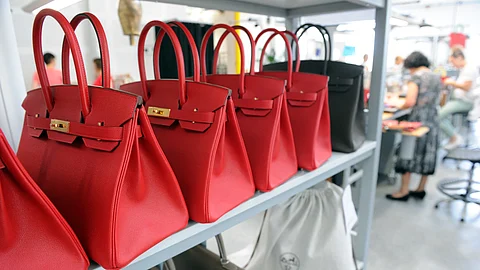
- NEWS
- the EDIT
- COMMENTARY
- BUSINESS
- LIFE
- SHOW
- ACTION
- GLOBAL GOALS
- SNAPS
- DYARYO TIRADA
- MORE

In recent weeks, luxury fashion brands such as Hermès, Chanel, and Louis Vuitton have been at the center of a social media storm. Viral TikTok videos claim that these high-end products are manufactured in Chinese factories, contradicting the brands' assertions of European craftsmanship. These videos, often featuring purported factory workers, suggest that consumers can purchase identical products directly from Chinese sources at significantly reduced prices.
Industry experts have largely debunked these claims. While it's acknowledged that some components may be sourced globally, the final assembly and quality control processes for these luxury items are typically conducted in Europe to maintain brand integrity and meet labeling standards. The spread of such misinformation poses a significant threat to the perceived value and exclusivity that these brands have cultivated over decades.
The luxury sector's traditional approach to communication—marked by exclusivity and controlled narratives—is being tested in the age of social media. Experts suggest that brands need to adopt more transparent practices, openly sharing details about their supply chains and manufacturing processes to counteract false narratives and maintain consumer trust.
As the digital landscape continues to evolve, luxury brands are faced with the challenge of preserving their esteemed reputations while adapting to a new era of information dissemination and consumer scrutiny.
(Sources: Dounia MAHIEDDINE, AFP; Sarah Kent, BoF; Mia Sato, The Verge; Daysia Tolentino, GQ)
